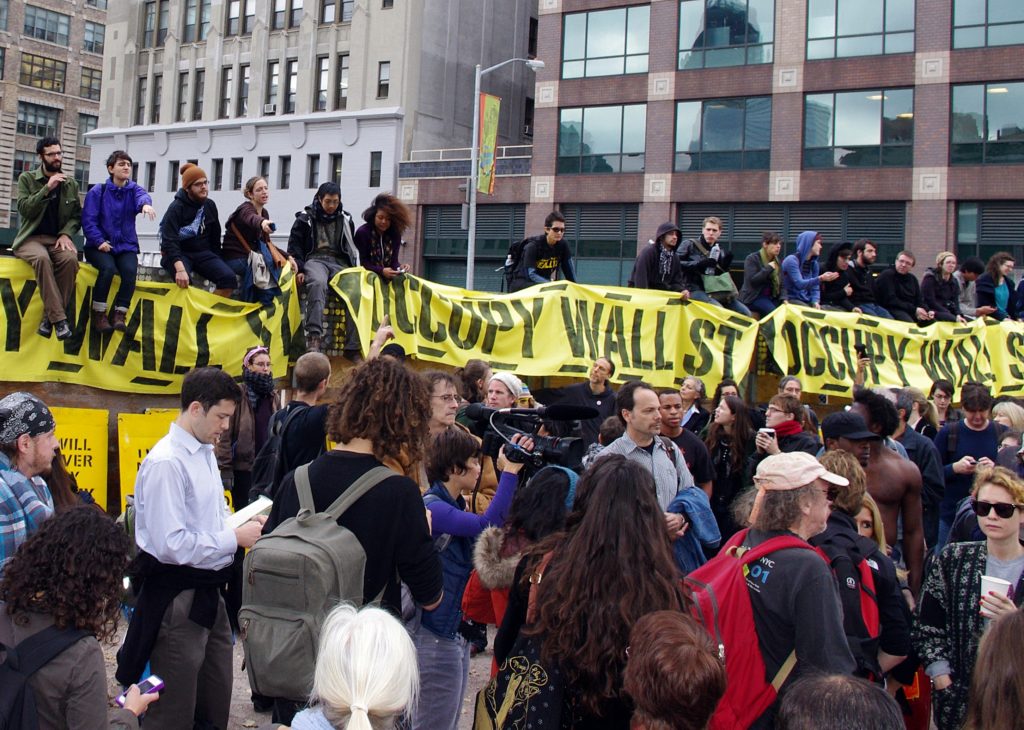How Big Oil’s Lobbyists Contributed to Big Finance’s Crash.

 In a monumental about-face, U.S. Security and Exchange Commission Chairman Christopher Cox became the latest deregulation devotee to confess utter failure, repudiating the policies to which he had committed his life’s work and saying, “The last six months have made it abundantly clear that voluntary regulation does not work.”
In a monumental about-face, U.S. Security and Exchange Commission Chairman Christopher Cox became the latest deregulation devotee to confess utter failure, repudiating the policies to which he had committed his life’s work and saying, “The last six months have made it abundantly clear that voluntary regulation does not work.”
Unless the current financial meltdown is to become a permanent state of ruin, the SEC is hardly the only government agency that must immediately be reformed. Among others, the Commodity Futures and Exchange Commission (CFTC) — the government agency that regulates futures markets — now needs a heavy dose of re-regulation.
The house of cards that is the deregulated futures market has so far benefited the remaining top two investment banks, Morgan Stanley and Goldman Sachs — and one industry, Big Oil. Even with the recent wild volatility in the price of oil (a hallmark of deregulated markets), Big Oil has maintained its spot as the largest economic victor the world has ever known, profiting from an area of “voluntary regulation” that should be far more worrisome for the average American and for the global economy than the collapsed subprime mortgage market.
Deregulation of energy futures took place in two stages, in 1992 and 2000, under the heavy and coordinated lobbying efforts of the nation’s largest oil and energy companies and banks, including Mobil, Exxon, Conoco, Phillips, BP North America, Enron, Goldman Sachs, J.P. Morgan, Morgan Stanley, Chase Manhattan Bank, Citigroup and the American Petroleum Institute. The first effort succeeded in removing certain energy trades from CFTC oversight, while the latter removed entire exchanges from the agency’s control.
There were two immediate beneficiaries of the deregulation: the Intercontinental Exchange (ICE) and Enron (which is why the latter effort is known as “the Enron Loophole”). In May 2000, just before deregulation became the law, BP, Shell, TotalFinaElf, Goldman Sachs and Morgan Stanley, among others, came together in Atlanta to form ICE as their own privately held futures exchange, specializing in the very trades deemed outside the CFTC’s jurisdiction. It took a few years, but once ICE caught on, its trades skyrocketed. By 2006, the unregulated ICE replaced the regulated NYMEX (New York Mercantile Exchange) as the home to the majority of crude oil futures trades.
As deregulation took hold and ICE grew in popularity, the price of oil began a steady and then rapid rise. In the 12 years from 1988 to 2000, the price of a barrel of oil doubled from $18 to an average of $36 per barrel. In just the five years from 2000 to 2005, the price doubled again, rising to $60 per barrel. But the prices in 2007 and 2008 would exceed them all. In just 14 months, from January 2007 to March 2008, the price doubled again, increasing from $55 to $110 per barrel. Such a rapid rise in price has only happened twice before in modern history: during the 1973 and 1979 energy crises. The rising price of oil, in turn, catapulted the profits of Big Oil into the largest profits of any corporations in world history.
Enron has already shown us what such deregulation can bring. Deregulation allowed Enron to move all of its electricity and other energy futures trades to unregulated exchanges, including its very own, Enron Online. From 2000 to 2002, Enron’s energy traders drove up the price of electricity in California and across the West Coast through manipulation of the energy market with government regulators none the wiser. In 1999, Californians paid $7.4 billion for wholesale electricity; one year later, the cost rose 277 percent to $27.1 billion. Ultimately, Enron imploded under the weight of its own “self-regulated” greed and corruption.
Legislators have been trying to close the Enron Loophole ever since. This past May, “success” was declared when certain provisions pertaining to the loophole were inserted into the Farm Bill. However, these provisions include the magic word “voluntary.” It is up to the CFTC to choose on a contract-by-contract basis whether or not to regulate certain trades and exchanges — a far cry from “closing” the loophole.
For their part, Enron’s former energy traders have put their skills to use working for the nation’s oil companies, banks and hedge funds as crude oil futures traders.
All of this deregulation is crucial to our economic future as it affects not only the price of oil and gasoline — anywhere from 25 to 50 percent of the price of oil is attributed to energy futures trading — but also the stability of our nation’s banking system. Investment banks have moved aggressively into oil futures trading. The industry leaders are the investment banks Morgan Stanley and Goldman Sachs, who have taken the most active role in energy trades and put the most money at stake. These companies, among others, have also started to morph into oil companies themselves: buying up oil and gas fields, pipelines, terminals, refineries and even oil exploration companies.
Reintroducing regulation will: (1) reduce the boom-and-bust cycle and price volatility associated with deregulated markets; (2) protect banks from themselves so they stay solvent without massive taxpayer bailouts; and (3) capture the rising price of crude oil (which will continue to rise as we reach the point at which demand exceeds supply) in the form of taxes that can be spent transitioning away from oil by investing in public transit and green energy alternatives, rather than filling the already overstuffed pockets of Big Oil.
We should also increase taxes on the corporations and individuals that have profited from this boom as well as tax each individual energy futures trade (as they do in Europe) to both reduce excessive trading and to raise money to pay for the bailout. We might also wish to consider whether it makes sense to continue trading such a crucial resource on futures exchanges at all.
The mortgage crisis will only be the beginning if we do not turn the new anti-deregulation rhetoric in to concrete policy reality.
